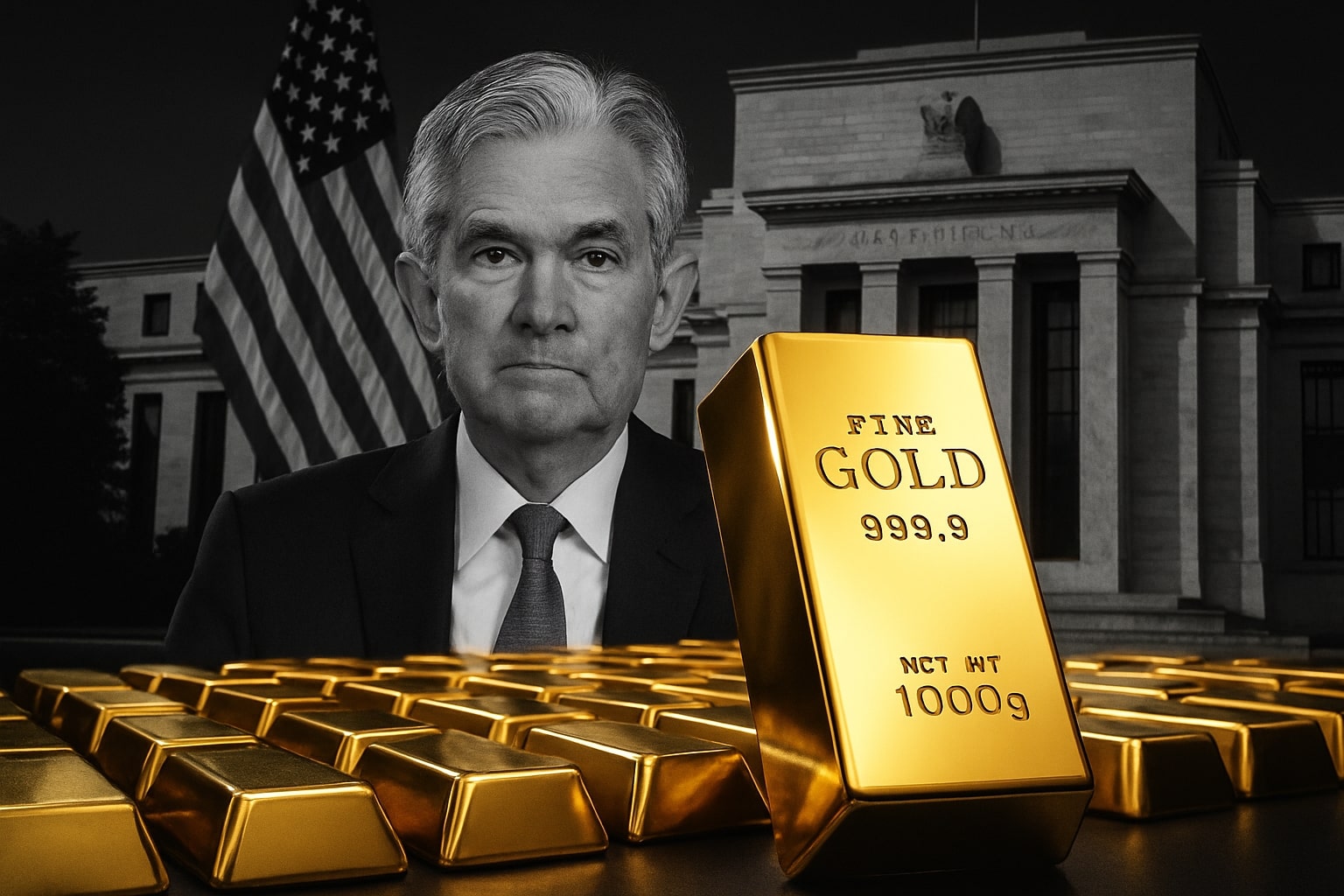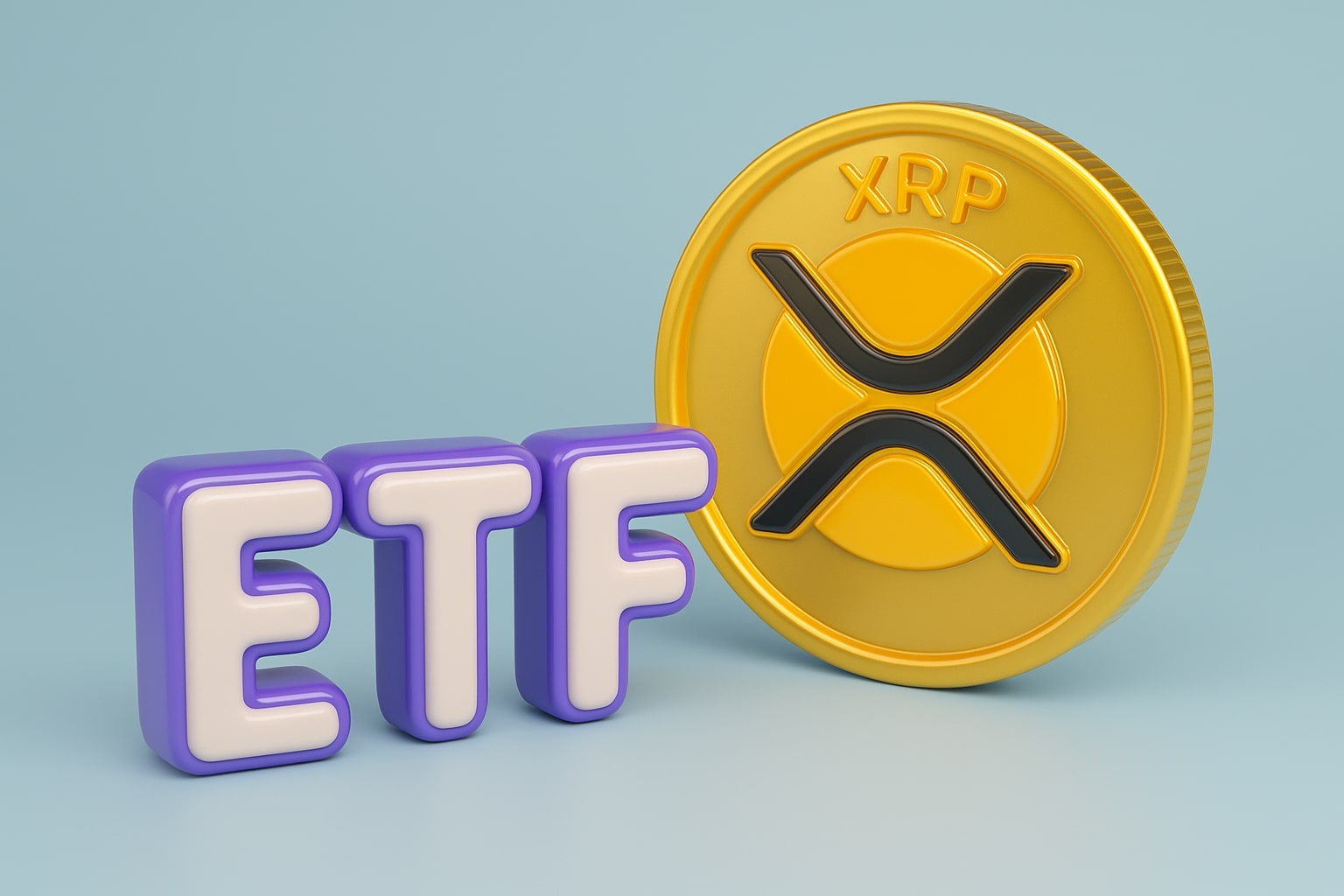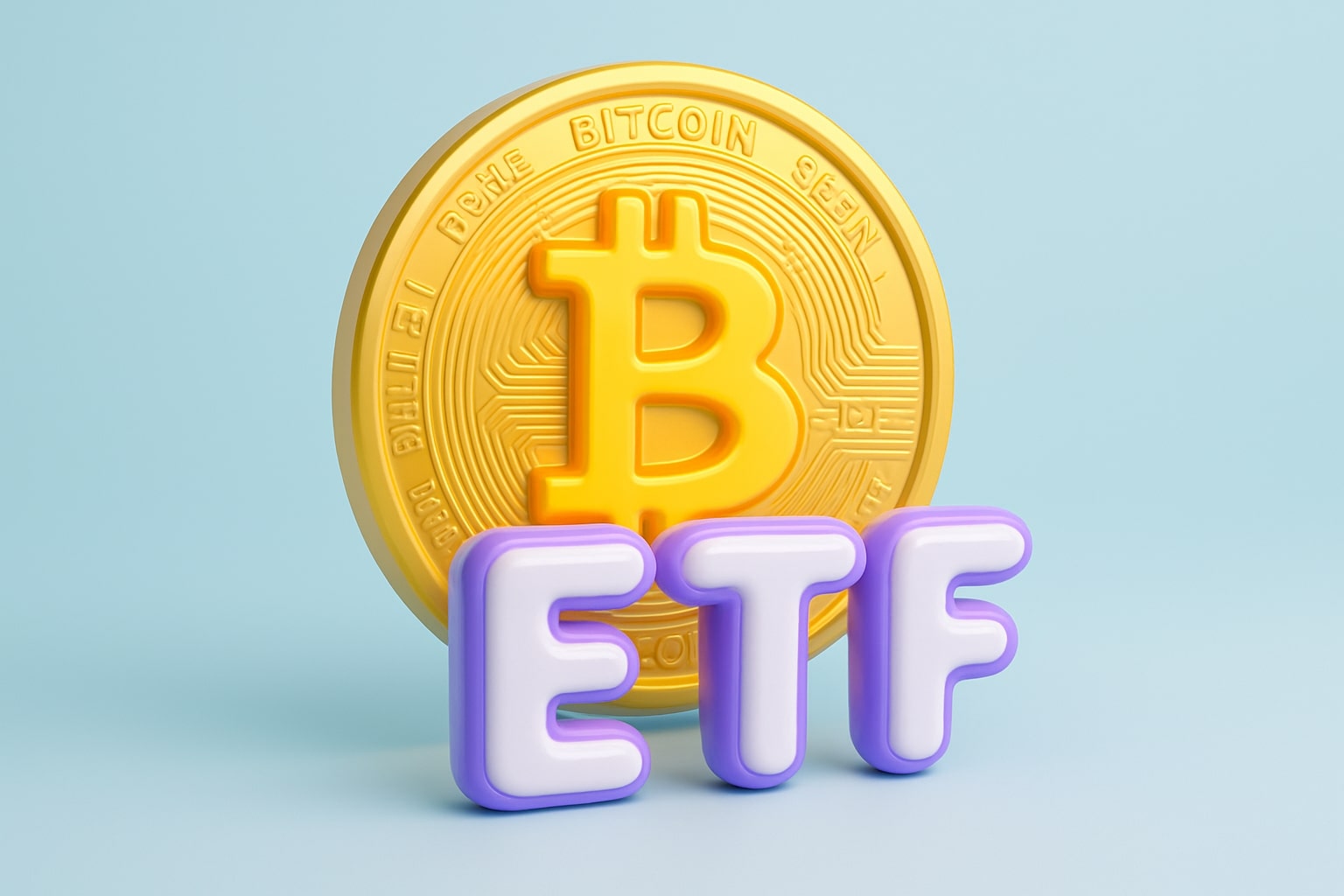
Gold Price Forecast - XAU/USD Reclaims $4,000 as Dollar Retreats, Layoffs Spike, and UBS Eyes $4,700–$5,600 Rally
Spot gold climbs 0.8% to $4,012/oz, bouncing from $3,970 support as U.S. layoffs hit 22-year high, yields drop to 4.10%, and UBS, ING, and Goldman Sachs forecast record highs near $5,600 by 2026 | That's TradingNEWS
Gold (XAU/USD) Holds Above $4,000 as U.S. Dollar Weakens, Fed Path Uncertain, and Institutional Demand Anchors Long-Term Rally
The gold market reclaimed ground on Thursday, with spot XAU/USD trading near $4,012 per ounce, up 0.8% intraday, after rebounding from an early Asian-session dip to $3,970. The yellow metal has stabilized above the $4,000 psychological threshold, defying recent profit-taking and positioning shifts, as macro forces—from a weakening dollar to record central bank demand—reassert gold’s dominance as the most resilient asset of 2025.
Dollar Retreat and Treasury Yields Pullback Reinforce Gold’s Short-Term Momentum
Gold’s immediate rebound was triggered by the U.S. Dollar Index (DXY) slipping 0.3% to 106.04, down from a four-month high earlier this week, and the 10-year Treasury yield declining over 5 basis points to 4.106%, while the 2-year yield slid to 3.578%. This easing in yields restored appetite for non-yielding assets such as gold, which surged back above $4,000 for the first time since late October.
The broader catalyst came from deteriorating U.S. labor data. The Challenger, Gray & Christmas report revealed 153,074 job cuts in October, the highest October total since 2003, amplifying concerns over a slowing U.S. economy and reinforcing speculation of renewed Federal Reserve easing into early 2026. Although the ADP report posted a surprise +42,000 job gain, the private data’s optimism was offset by a 37-day federal shutdown delaying official statistics. This combination of mixed labor signals and fiscal paralysis has created a volatile yet gold-supportive environment.
Technical Tension: XAU/USD Testing the $4,046.60 Resistance Zone
Technically, gold is attempting to clear a critical resistance area near $4,046.60, which corresponds to the October 31 swing high. A successful breakout above this zone would activate the 50%–61.8% Fibonacci retracement range between $4,133.95 and $4,192.36, unlocking potential upside targets at $4,200 (UBS base case) and $4,700–$5,000 in extended scenarios.
Support remains solid between $3,867.95 and $3,846.50, anchored by the 50-day moving average and prior double-bottom pattern formed at $3,928.68 and $3,886.46. As long as price action holds above these pivot levels, the primary trend remains bullish, even amid short-term consolidations.
From a momentum standpoint, RSI readings near 54–56 on the daily chart indicate a recovery from oversold conditions observed last week. Volume analysis confirms renewed accumulation, with COMEX futures open interest rising 2.4% after a week of heavy liquidation. This shift marks an early re-entry of institutional traders after October’s correction.
Institutional Consensus: UBS, ING, Goldman Sachs, and Bank of America Reinforce Bullish Outlook
Institutional sentiment across global banks remains overwhelmingly bullish despite the recent drawdown. UBS, in its November 3 report, reaffirmed a base target of $4,200/oz and an optimistic path toward $4,700/oz in Q1 2026, citing lower real rates, weaker dollar prospects, and persistent geopolitical risk. Strategist Sagar Khandelwal emphasized that “outside of technical factors, there is no fundamental justification for the sell-off.”
ING’s Ewa Manthey echoed the stance, stressing that “key supports, including central bank and safe-haven demand, remain fully intact.” ING projects an average price of $4,000 in Q4 2025 and $4,100 in Q1 2026, with downside “limited and short-lived.” The Dutch bank sees 70% odds of a December Fed rate cut, which would enhance gold’s non-yielding appeal.
Meanwhile, Goldman Sachs expects $5,055 by Q4 2026, Bank of America targets $5,000 with $4,400 average, and HSBC forecasts $5,000 by end-2026, all citing de-dollarization and record physical demand. The World Gold Council (WGC) reported 1,313 tonnes of global demand in Q3 2025, a record quarter driven by 222 tonnes of ETF inflows and 316 tonnes of bar and coin investment—a 47% year-over-year surge.
Central Bank Buying and ETF Flows Anchor Structural Support
Gold’s long-term floor is underpinned by massive institutional and sovereign accumulation. Central banks purchased over 800 tonnes of gold in 2024, following the record 1,136 tonnes in 2022, while UBS now forecasts 900–950 tonnes for 2025. This buying spree, led by China, India, and Turkey, reflects a broader structural trend of de-dollarization as nations hedge against U.S. fiscal uncertainty and sanctions exposure.
ETF participation confirms the same pattern. In Q3 alone, inflows reached $24 billion, the strongest quarter in history, with North America leading with 346 tonnes and Europe adding 148 tonnes. Cumulative 2025 inflows now exceed 619 tonnes ($64 billion). The World Gold Council’s data shows retail bar and coin demand at 316 tonnes, while jewelry demand, though down 19% YoY to 371 tonnes, increased 13% in value to $41 billion, underscoring how high prices are not deterring overall wealth allocation to gold.
Read More
-
PFFA ETF Nears $21.50 as Rate Cuts and 9.49% Yield Spark Renewed Demand
29.11.2025 · TradingNEWS ArchiveStocks
-
XRPI and XRPR ETFs Ignite Ripple’s Institutional Rally as Inflows Near $1B and XRP Holds $2.20
29.11.2025 · TradingNEWS ArchiveCrypto
-
Natural Gas Price Forecast - NG=F Blasts to $4.85 as Demand Surge Fuel Multi-Month Breakout
29.11.2025 · TradingNEWS ArchiveCommodities
-
USD/JPY Price Forecast - Yen to Dollar Slides to 156.10 as Yen Strengthens on Fed Cut Expectations
29.11.2025 · TradingNEWS ArchiveForex
Asia Market Impact: India and China Demand Soars Despite High Prices
Across Asia, physical markets remain firm. In India, gold prices climbed on November 6 to ₹11,225 per gram for 22K and ₹11,786 per gram for 24K, up ₹40–₹42 day-over-day, confirming that consumer demand remains strong despite elevated levels. In China, premium spreads between Shanghai and London gold prices exceeded $65/oz, indicating supply tightness amid record retail buying during Diwali and year-end festival demand.
This strength in Asia offsets temporary softness in Western ETF reallocation, keeping the global demand base balanced. With India’s imports surging and jewelry fabrication margins stable, analysts expect South Asian markets to remain pivotal in absorbing supply even if speculative flows waver in futures.
Macro Outlook: Shutdown, Fed Policy, and Inflation Crosscurrents
The U.S. government shutdown, now in its 37th day, has distorted economic data visibility and delayed official inflation and employment reports. Traders are forced to rely on private indicators like ADP and ISM, both of which have shown resilience. However, with core CPI still above 3.5% YoY and fiscal uncertainty persisting, real yields are trending lower—a historically bullish condition for gold.
Fed fund futures currently price a 63% probability of a December rate cut, down from 90% last week, but markets broadly agree that the Fed’s hiking cycle is over. Lower real yields combined with global geopolitical strains—from Middle East tensions to Europe’s energy crunch—create an environment favoring continued safe-haven demand.
Technical Structure: Breakout Levels, Fibonacci Extensions, and Volatility Setup
Applying Fibonacci projections to the August–October uptrend suggests a 100% extension target near $5,000/oz and a 161.8% level at $5,600/oz, implying over 40% potential upside from current levels. The $3,800–$3,900 area remains a historically strong accumulation zone, confirmed by multiple retests and alignment with the 50-day EMA.
Volatility in COMEX gold options has contracted to 13.8% implied volatility, near a three-month low, signaling that the market may be coiling for a major directional move. Option traders are positioning for a volatility breakout, with call open interest surging at the $4,200 and $4,500 strikes—consistent with institutional forecasts of a year-end rally.
Market Sentiment and Strategy Positioning
Sentiment analysis shows 70% of institutional portfolios remain underweight gold, leaving room for reallocation. UBS explicitly recommended “buying the dip,” advising 3–7% portfolio exposure to gold and select exposure to mining equities, which they expect to outperform bullion over the next six months due to operating leverage.
From a trading perspective, maintaining long exposure above $3,950 with stop-loss below $3,870 and profit targets at $4,130–$4,190 aligns with short-term bullish momentum. Options traders are accumulating December $4,100 calls and selling $3,900 puts, reflecting confidence that the downside remains contained.
TradingNews Analysis Verdict: Bullish Bias — Buy the Dip in Gold (XAU/USD)
All structural indicators point toward strength rather than fragility. The correction from $4,381 to $3,970 represented a mere 8.4% decline, well within normal retracement parameters following a 47% YTD surge. With Treasury yields falling, ETF inflows accelerating, and central banks accumulating, the medium-term trajectory remains decisively bullish.
Gold’s immediate bias: BUY above $3,950, target range $4,200–$4,700, and extended objective $5,600 by late 2026. The longer the government shutdown persists and liquidity tightens in equities, the stronger the magnet toward higher gold valuations becomes.
XAU/USD remains the cornerstone of global risk hedging—and as fundamentals align, it’s again proving why every dip in the world’s oldest asset becomes a launchpad for the next rally.



















